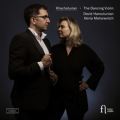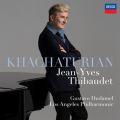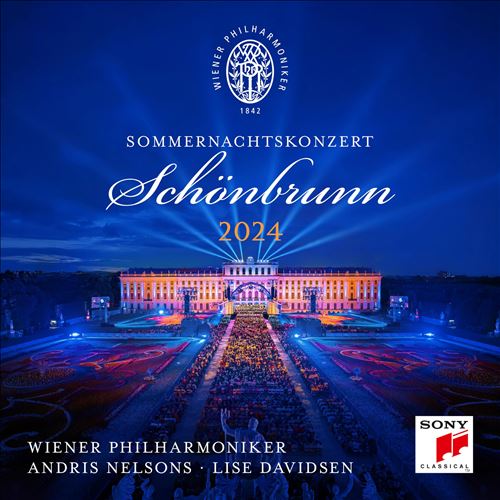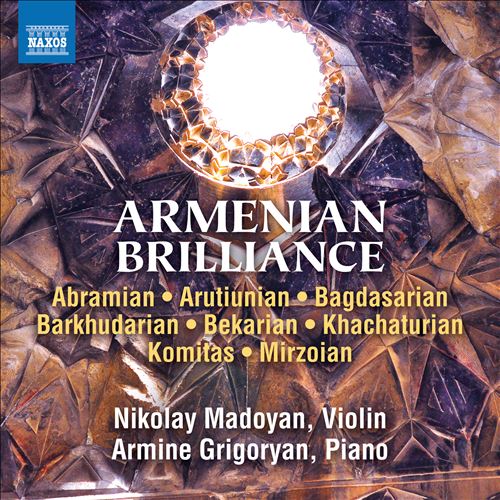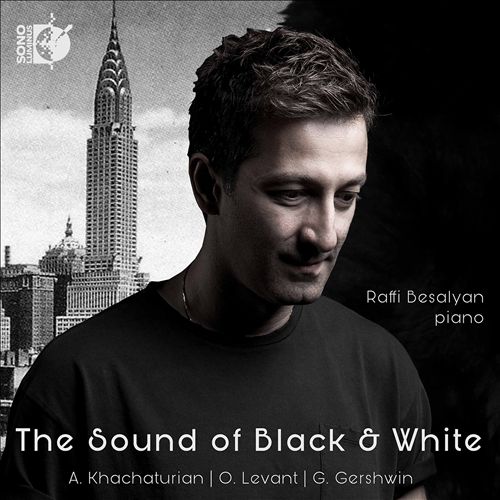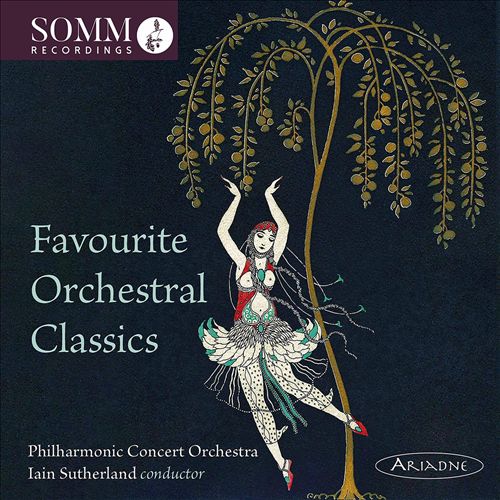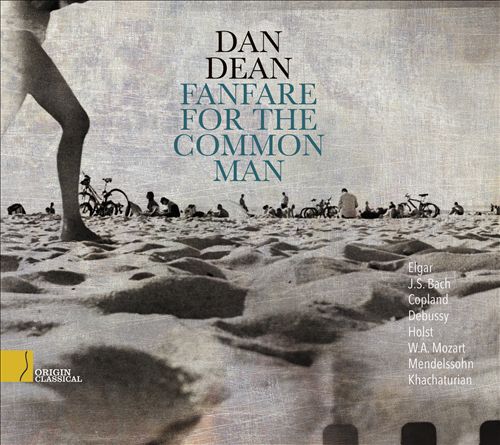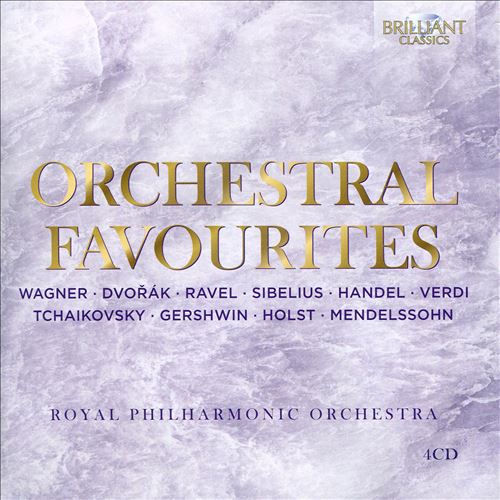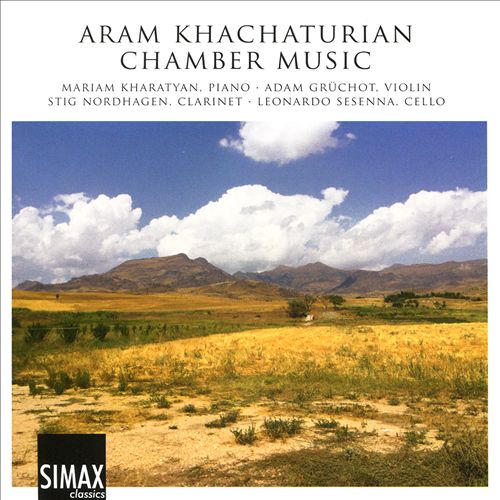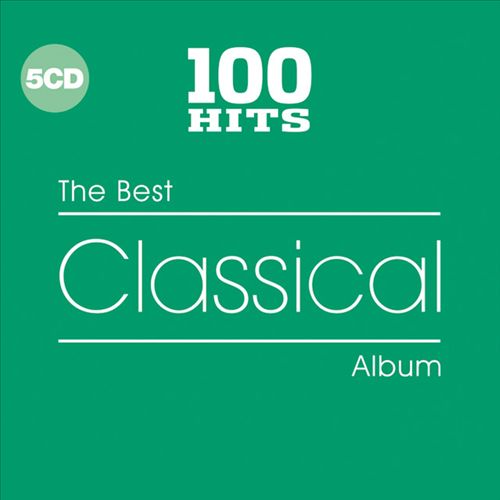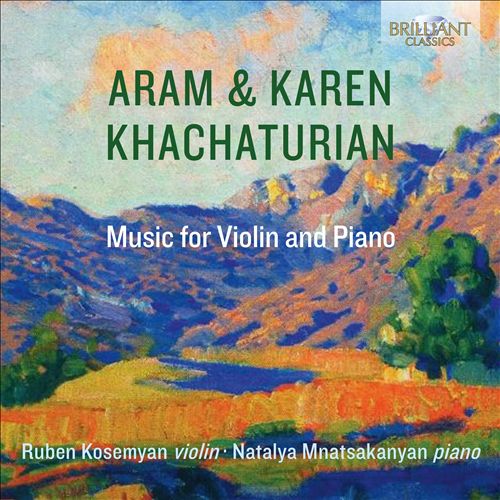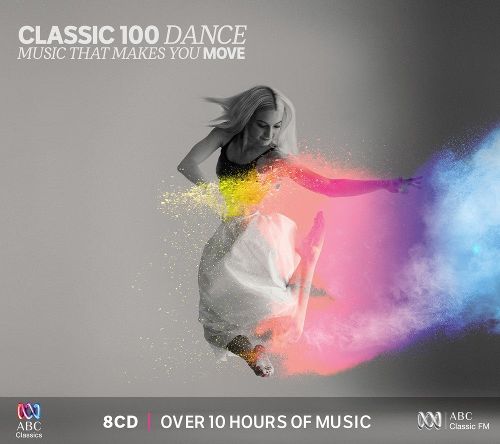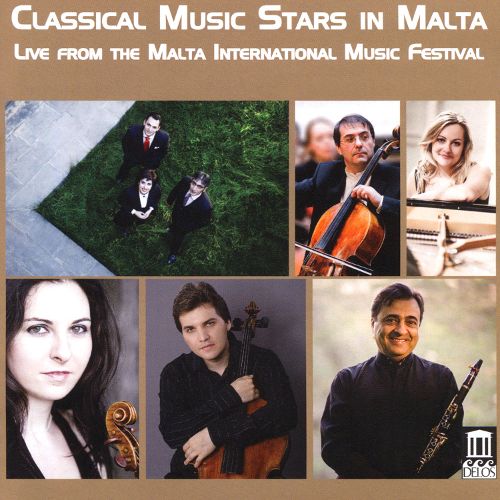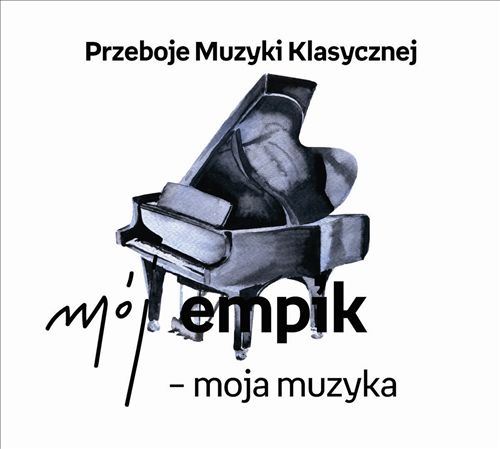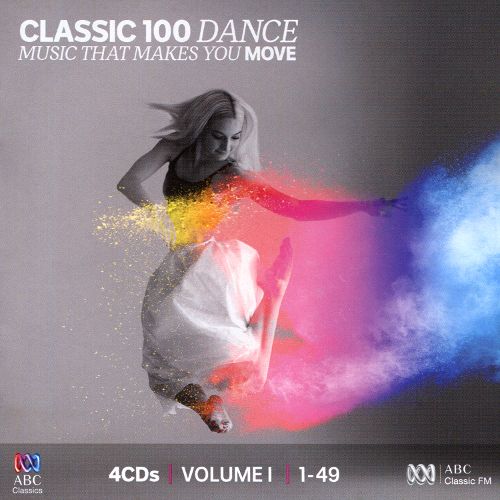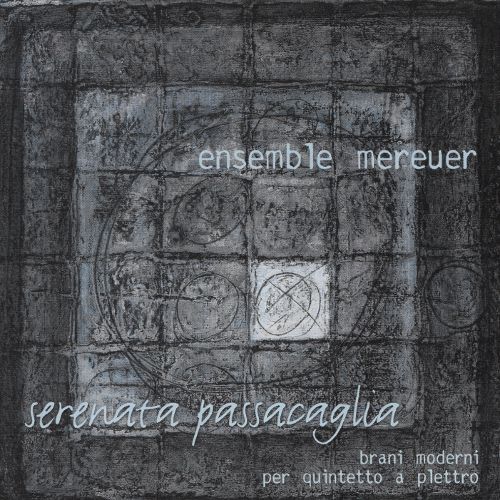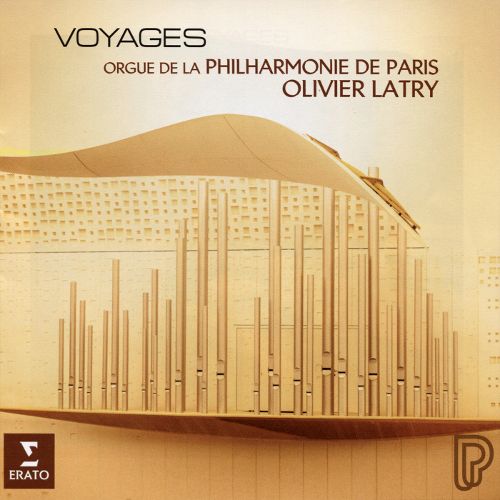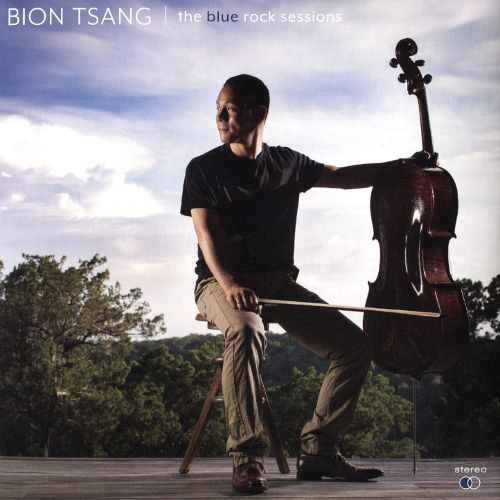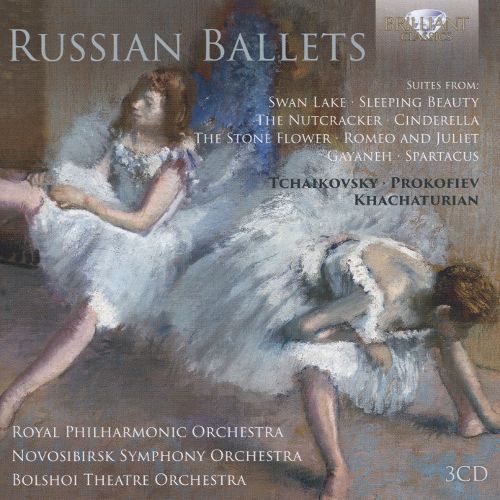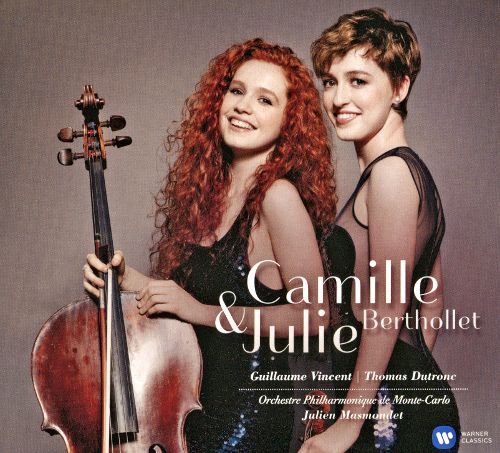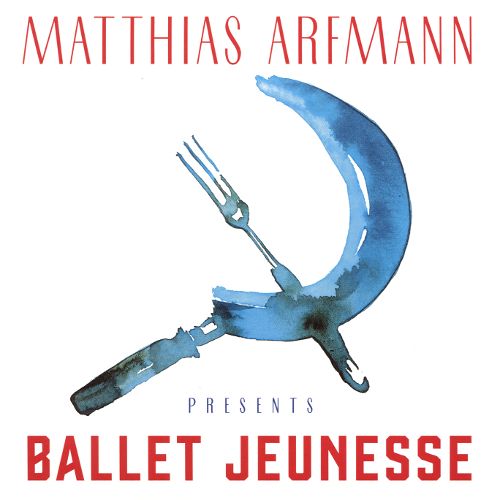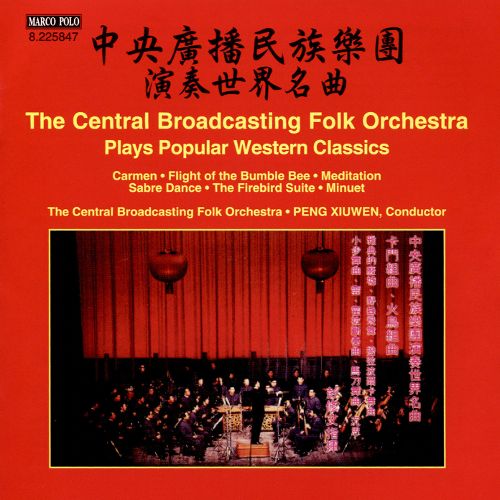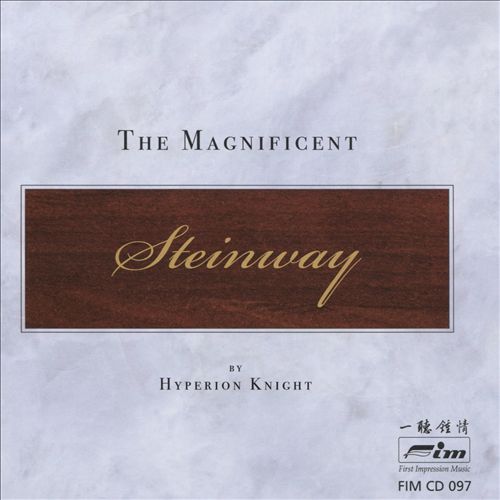Aram Khachaturian (아람 하차투리안)
Gayane
100
10,000
1,400
WORK INFO
작곡가: Aram Khachaturian (아람 하차투리안)작곡년도: 1941 - 1942평균연주: 131:45악장1Sabre Dance2:312Ayesha's Dance3:263Dance of the Rose Maidens2:234Dance of the Kurds1:575Lullaby5:016Dance of the Young Kurds3:197Armen's Variation1:528Lezghinka2:469Gopaknull10Introductionnull11Gayaneh's adagio4:4212Fire5:4113Lyrical duo5:3814Dance of the old people4:2115Dance of the Highlanders1:5716Nounes variation1:3317Russian Dance3:4718Dance of Welcomenull19Dance of an Old Man and Carpet Weaversnull20Embroidering of the Carpetsnull21Scenenull22Gayaneh's Variation and Dance Finalenull23Final ScenenullGayane (Gayaneh or Gayne (the e is pronounced); Armenian: Գայանե; Russian: Гаянэ) is a four-act ballet with music by Aram Khachaturian. Originally composed in 1941–42 to a libretto by Konstantin Derzhavin and with choreography by Nina Aleksandrovna Anisimova (Derzhavin's wife), the score was revised in 1952 and in 1957, with a new plot. The stage design was by Nathan Altman (scenery) and Tatyana Bruni (costumes). The first performance took place on 9 December 1942, staged by the Kirov Ballet while in Perm (Russia) during the Second World War evacuation, and was broadcast on the radio. The principal dancers were: Natalia Dudinskaya (Gayane), Nikolai Zubkovsky (Karen), Konstantin Sergeyev (Armen), Tatanya Vecheslova (Nune), and Boris Shavrov (Giko). The conductor was Pavel Feldt. The most famous parts of the ballet are the "Sabre Dance", which has been covered by many pop artists, and the "Adagio", which featured prominently in Stanley Kubrick's film 2001: A Space Odyssey. Khachaturian's original Gayane was the story of a young Armenian woman whose patriotic convictions conflict with her personal feelings on discovering her husband's treason. In later years the plot was modified several times, the resultant story emphasizing romance over nationalistic zeal.
The ballet, based on an earlier ballet composed in 1939 by Khachaturian called Happiness, was created when the Kirov ballet was in Perm. Khachaturian started composing the score in autumn 1941 and the ballet was first mounted on 3 December 1942 on the small stage of the Perm state theatre. Despite these limitations, the effect was profound; in effect, the message was that the company was continuing to exist and to produce new ballets, despite the very hard times. Anisimova invited different dancers to participate in her ballet, dancers who happened to be in the city at that time; there was a sense of camaraderie and combined effort which suited the positive feeling of the ballet itself. The composition, the music, the dancing, all together created something which, regardless of the weaknesses in the libretto, expressed the triumph of dancing and its many different possibilities.From WIKIPEDIA
RELEASED ALBUMS
-
Khachaturian: The Dancing ViolinMarch 14, 2025
-
Schön RosmarinFebruary 21, 2025
-
KhachaturianJanuary 31, 2025
-
Sommernachtskonzert Schönbrunn 2024August 30, 2024
-
Armenian BrillianceOctober 13, 2023
-
The Sound of Black & WhiteJuly 23, 2021
-
Favourite Orchestral ClassicsJune 4, 2021
-
Fanfare for the Common ManMay 21, 2021
-
Orchestral FavouritesNovember 20, 2020
-
Aram Khachaturian Chamber MusicAugust 7, 2020
-
100 Hits: The Best Classical AlbumMay 17, 2019
-
Aram & Karen Khachaturian: Music for Violin and PianoDecember 7, 2018
-
Classic 100 Dance: Music that Makes You MoveJune 11, 2018
-
I Like Classical Music! Menuetto Kids: Classical Music for ChildrenMay 11, 2018
-
Autobahn Classics: Classical Music Remastered for a Noisy Environment, Vol. 8May 11, 2018
-
I Like the Violin! Menuetto Kids - Classical Music for ChildrenMay 11, 2018
-
Autobahn Classics: Classical Music Remastered for a Noisy Environment, Vol. 1May 11, 2018
-
I Like the Orchestra! Menuetto Kids: Classical Music for ChildrenMay 11, 2018
-
Classical Music Stars in MaltaJanuary 19, 2018
-
Mój Empik - Moja Muzyka: Przeboje Muzyki Klasycznej2018
-
Classic 100 Dance: Music that Makes You Move, Vol. 12018
-
Serenata PassacagliaAugust 4, 2017
-
Explosive ClassicsJuly 21, 2017
-
VoyagesJanuary 20, 2017
-
The Blue Rock Sessions2017
-
Russian BalletsDecember 9, 2016
-
Camille & Julie BertholletNovember 25, 2016
-
Ballet Jeunesse [Deluxe Edition]September 16, 2016
-
The Central Broadcasting Folk Orchestra Plays Popular Western ClassicsSeptember 9, 2016
-
Magnificient SteinwayMarch 18, 2016
FEATURED MOVIES
-
 03:25하차투리안: 가야네 Dance of the Rose MaidensGarni Temple Gala Concert in Armenia
03:25하차투리안: 가야네 Dance of the Rose MaidensGarni Temple Gala Concert in Armenia -
 05:07하차투리안: 가야네 Part 2
05:07하차투리안: 가야네 Part 2 -
 04:33하차투리안: 가야네 2. Ayesha's DanceGarni Temple Gala Concert in Armenia
04:33하차투리안: 가야네 2. Ayesha's DanceGarni Temple Gala Concert in Armenia -
 02:09하차투리안: 가야네 1. Sabre Dance
02:09하차투리안: 가야네 1. Sabre Dance -
 1:36:06하차투리안: 가야네Armenia
1:36:06하차투리안: 가야네Armenia -
 02:37하차투리안: 가야네 1. Sabre Dance2014BBC Proms
02:37하차투리안: 가야네 1. Sabre Dance2014BBC Proms -
 02:35하차투리안: 가야네 Sabre Dance2014.10.18예술의전당 콘서트홀
02:35하차투리안: 가야네 Sabre Dance2014.10.18예술의전당 콘서트홀
ALBUM MUSIC
WORKS SHOUTS


